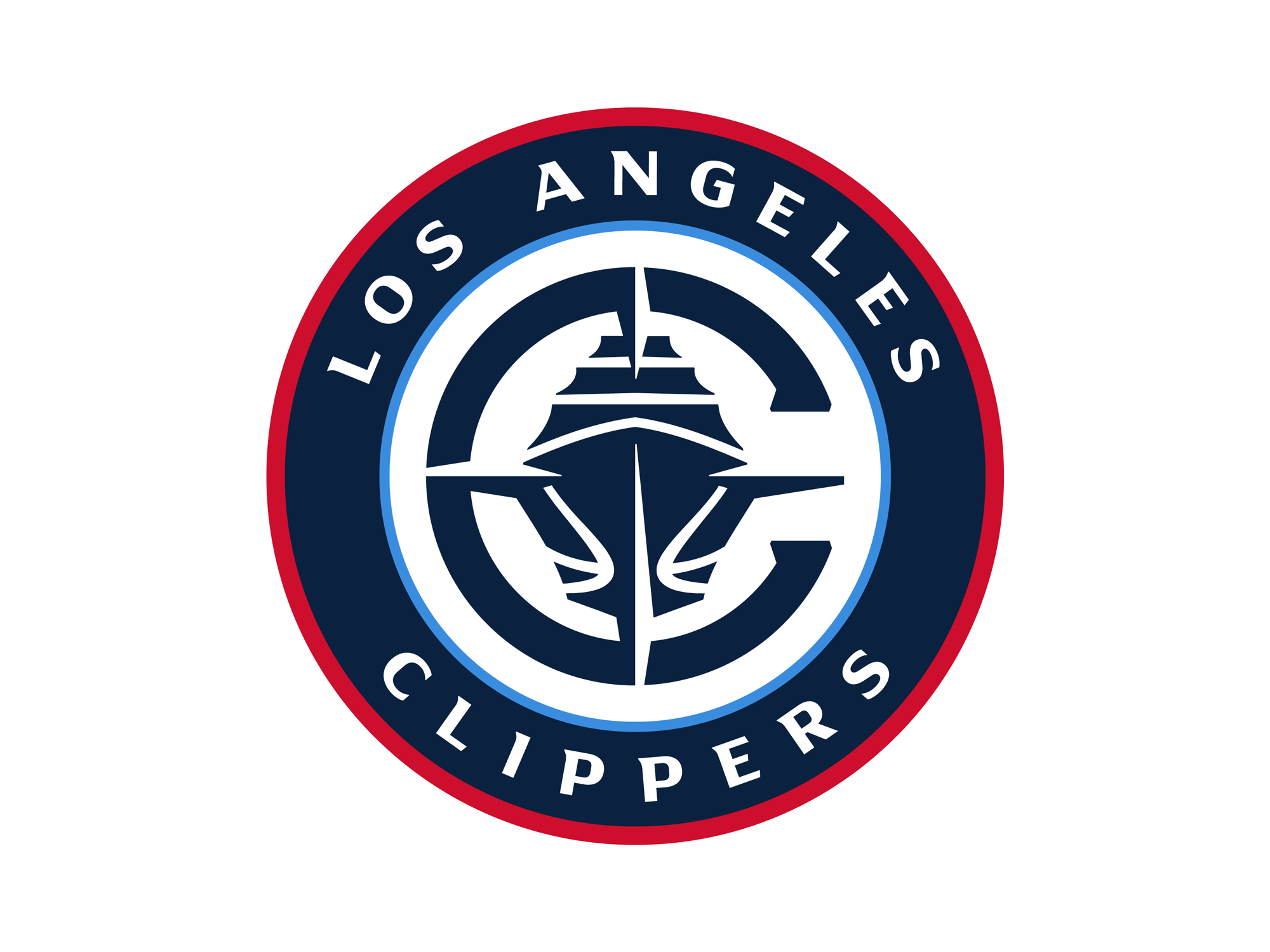Deceit, Evasion — and Progress? Cheating in the sports and corporate world
The month of February was been tumultuous in the sporting world (remember when February volatility felt like it couldn’t get worse?). It started per usual: the NHL and the NBA are rolling towards the playoffs (and just passed trade deadlines), the European soccer leagues are coming to crunch time, and the boys of summer are ready to take the field for another season.
None of this is unusual, simply another month gone by.
Two massive scandals changed that – the two-year European ban for willful disregard of UEFA’s Financial Fair Play and the Houston Astros signal-stealing empire crashing. Specific details are at the bottom of the article.
There is strong, if not irrefutable, evidence that cheating the rules was beneficial. Manchester City spent heavily on players and infrastructure and have been the most successful over the past decade, both by league position and, depending how their non-arms length sponsorship is treated, on paper. The Astros have been World Series winners and finalists in the years in question. On paper both teams have succeeded.
Evidence in the corporate world is plenty. Easiest example: everyone from small investors and the largest companies in the United States have avoided taxation by offshoring cash and IP for decades to avoid taxation. The Panama Papers alone showed the massive operations built to support that fraud and few institutions have been exposed.
This bears the question I’ve been weighing: at the highest levels, does the benefits of corporate cheating outweigh the risk of punishment for getting caught? We want to say ‘no’ but clearly the answer is far grayer than we’d like. So what can be done to stop it?
Short answer, of course, is hard to say. UEFA has continually defended cases at the CAS and continue to tinker with FFP to make it stronger. MLB has done little to confront the issues, hoping that the presence of a champion will outweigh the storm caused after a season is out. Punishment in either case seems to have had no effect. Fines and the threat – or imposition – of criminal action has failed. We continue to do the same things and insist that people are learning.
Teams and businesses will consistently find ways to do what they’re motivated – or paid – to do. Win, grow and be profitable. As such, our deterrents need to specifically target that pathway.
UEFA has the best plan: Manchester City want to be the largest club in the world and build profile and earn significant money by playing in European competition. A participation ban is the strongest deterrent in their arsenal. MLB’s response should hit the history books and through the draft – no champion is better than a dirty champion and every baseball team is heavily reliant on the draft to refresh teams. I’d exclude them – and any others found guilty – from the draft altogether for a minimum of two years.
Corporations are more difficult – if fines will not work, implementation of business specific tariffs might. ‘Garnishing’ revenues of businesses (and all associates entities) for a certain period of time is enforced broadly for personal penalties and debts, surely corporations should be the same?
My broader argument: Something more creative needs to be done. We need to move past the simplistic ‘big teams or companies are evil’ trope. Those teams have thousands of fans, businesses employ millions of people and comprise the majority of pension holdings for workers and citizens around the world. We can want to enforce rules upon rules to encourage climate awareness or corporate rights but that’s a decades long process rather than months. Max Kellerman made this point excellently on the Woj Pod here; people will always do what they’re incentivized to do – whether we like it or not, and it’s absolutely incumbent on us and the world to find ways to incentivize better behaviour across industry.
—
Coles notes on Manchester City: Financial fair play regulations – known as FFP – were introduced to ensure that football clubs were viable business operations in response to a spate of club bankruptcies across Europe. Many reasons for this, but largely owners betting big on new TV deals, trying and failing to qualify for major international competition, using the club as a plaything to get bored of, etc. This, however, also restricted clubs with wealthy owners to build clubs and renown quickly. City and Paris-Saint-Germain we’re both caught multiple times using sponsorship deals from non-arms length businesses (in this case both are government owned, and those state enterprises utilized other state businesses as sponsors to be able to vary the size of sponsorship relative to the operating capital required to meet FFP minimum regulations). These arrangements were patterned after Roman Abramovich and Chelsea Football Club and were extremely successful. More about that here via the Guardian.
Coles notes on the Houston Astros cheating scandal: The Astros have been accused of stealing ‘signals’ that a catcher will convey to a pitcher to suggest type and placement of a pitch. An individual would watch the catcher’s signal and hit a garbage bin a certain number of times (or, yet corroborated fully, send a vibration to a buzzer on the batter) to communicate the next pitch. Whether this worked or not is impossible to say – but the Astros stellar home record and average away record would imply to most teams that it certainly did. The Astros won a World Series, Jose Altuve won an MVP and a home run title. More about that here via the WaPo.



